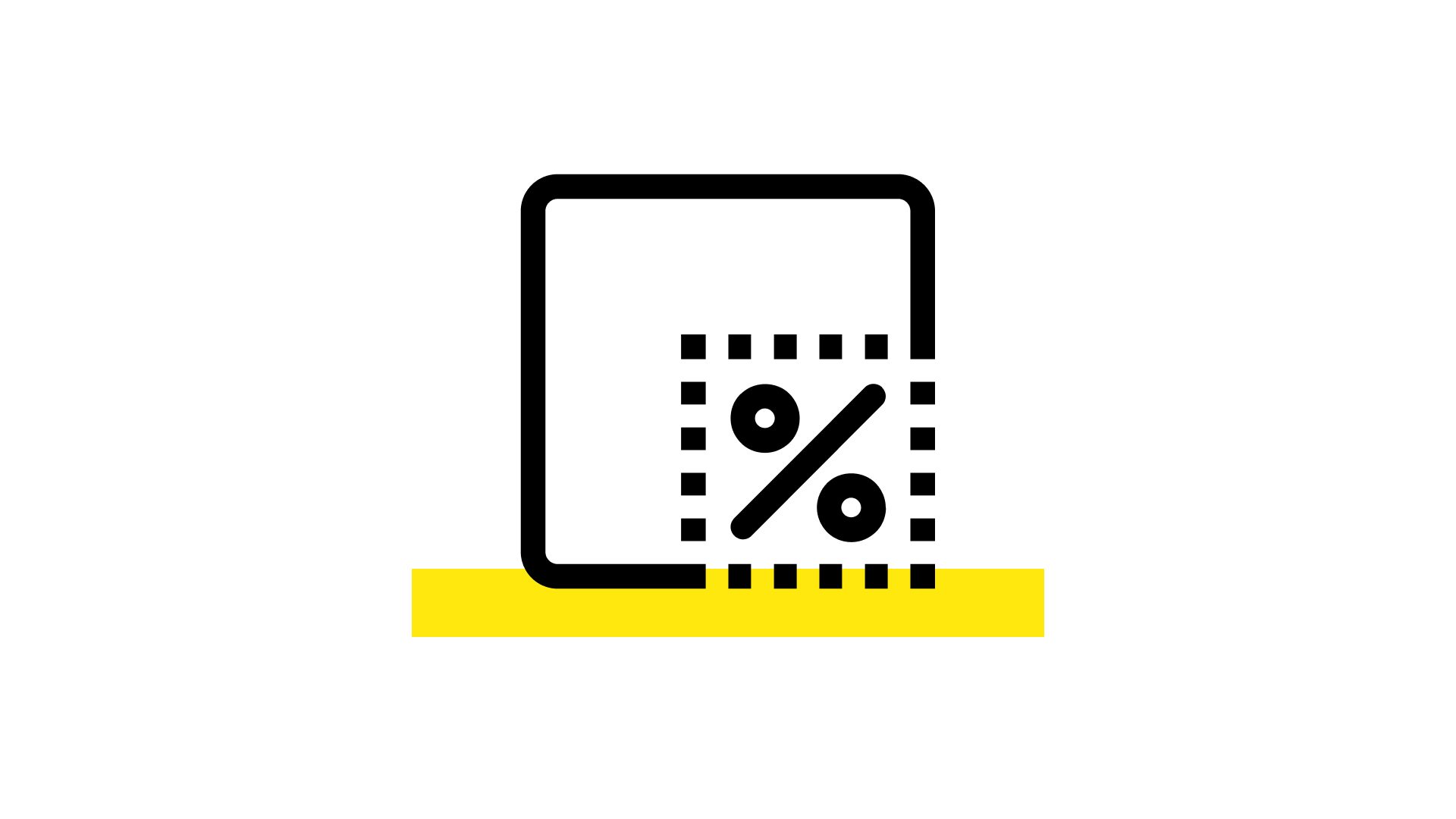What are the benefits?

Some annuities have no contribution limit, meaning retirees can make investments and accumulate growth tax-free. This can be especially beneficial for those wanting to build their overall pension pot. Contribution rules vary depending on the annuity, though, so always check individual requirements before purchasing.








